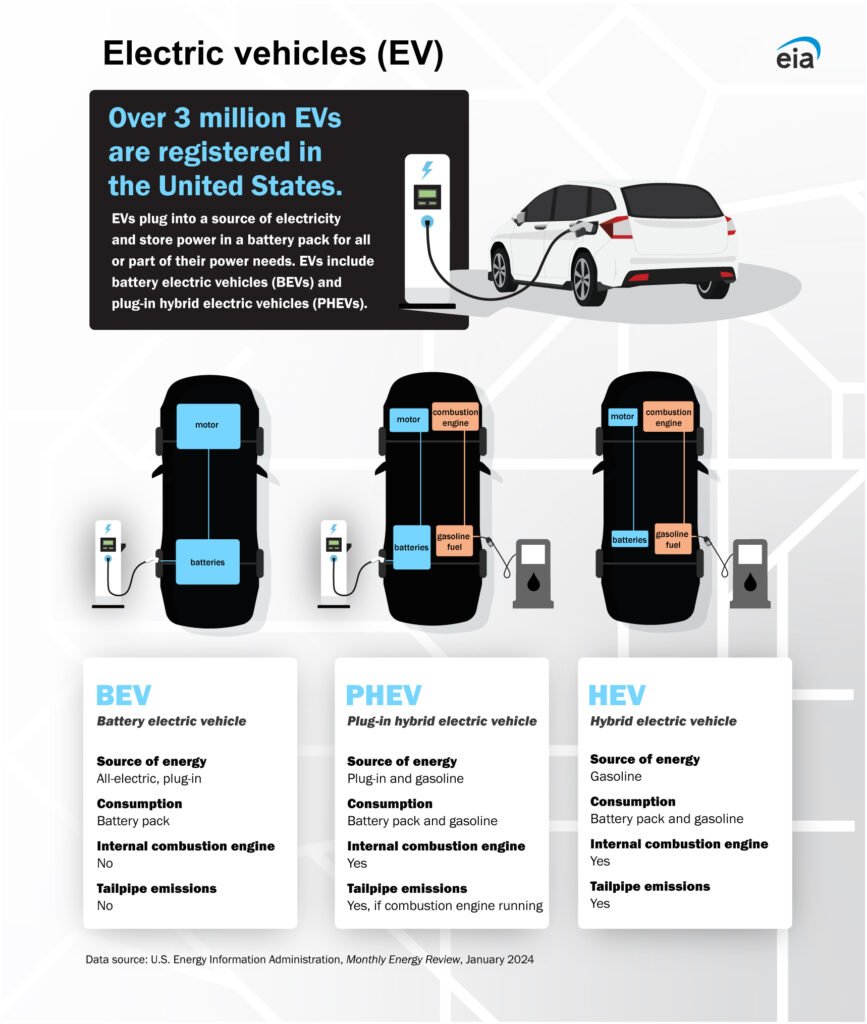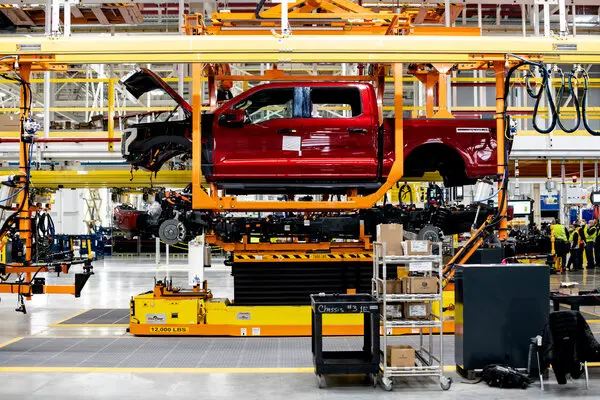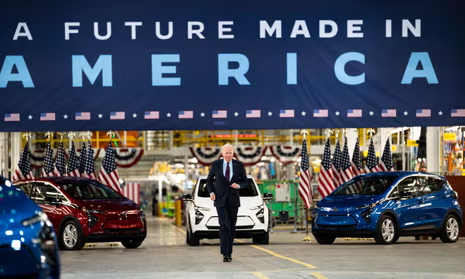Government policy is one of the most powerful catalysts accelerating the transition to electric cars in North America. From federal mandates to regional incentives, the regulatory environment is creating strong momentum for both automakers and consumers. Here’s a breakdown of how policy is shaping the EV market in the U.S., Canada, and Mexico.

U.S. Federal Policies: Tax Credits and Supply Chain Realignment
The Inflation Reduction Act (IRA) has redefined the landscape for electric vehicles in the United States. Most notably, it provides up to $7,500 in federal tax credits for qualifying EVs. These credits now apply not only to purchases but also to leased vehicles, expanding access to lower-income consumers and boosting overall adoption.
To qualify, vehicles must meet battery sourcing requirements, which are already having ripple effects across the supply chain. Automakers are now investing heavily in North American battery production and mineral sourcing, shifting manufacturing away from Asia and toward domestic operations. This aligns with long-term goals for energy security and industrial competitiveness.
Looking ahead, the EPA’s 2027–2032 emissions standards are expected to further ramp up EV adoption. These rules effectively require that 50% of all new vehicle sales be electric by 2030, forcing OEMs to scale EV production or face penalties.

Canada: ZEV Mandates and Provincial Incentives
Canada is taking a firm stance on zero-emission transportation. Its federal ZEV (Zero-Emission Vehicle) mandate requires that:
- 20% of all new vehicles sold must be electric by 2026
- 60% by 2030, and
- 100% by 2035
To support these goals, several provinces offer stackable financial incentives on top of federal rebates. For instance:
- Quebec provides up to $7,000 in provincial rebates for qualifying EVs
- EVs are also exempt from sales tax in some regions, further lowering the cost barrier for consumers
These programs, combined with expanding infrastructure under the ZEVIP (Zero Emission Vehicle Infrastructure Program), make Canada one of the most EV-friendly regions in North America.

Mexico: Manufacturing Incentives Take the Lead
While Mexico has yet to implement a nationwide ZEV mandate, it is actively positioning itself as a key EV manufacturing hub in the region. Recent policy efforts have focused on attracting foreign automakers through incentives, reduced tariffs, and simplified permitting for EV factories.
As a result, companies like Tesla, BMW, and Chinese brands like BYD are establishing operations in Mexico. This not only supports job creation but also allows OEMs to benefit from IRA requirements by assembling vehicles within North America.
The Mexican government is expected to unveil a more formal EV roadmap in the coming years, aligning with regional goals for sustainable mobility.
Summary
Regulatory frameworks are playing a pivotal role in scaling electric cars in North America. The U.S. is combining strong tax credits with emissions targets; Canada is using mandates and incentives to lead in per-capita EV adoption; and Mexico is emerging as a continental production base. As these policies evolve, they will continue to shape consumer behavior, industry investment, and the overall pace of the electric transition.




